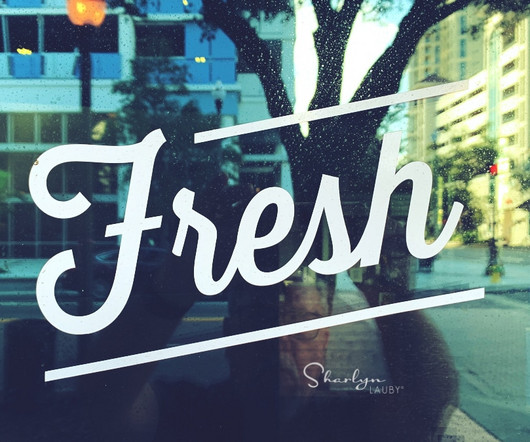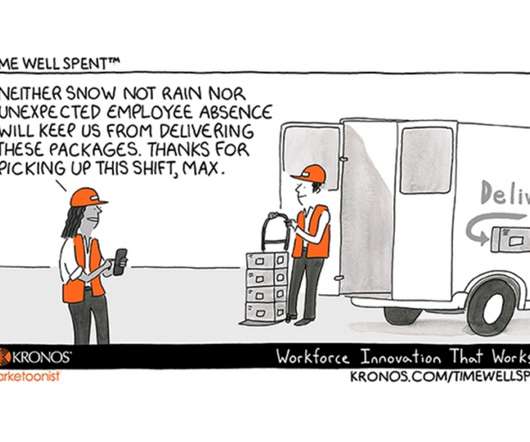AI, talent shortages, and distrust: These are the biggest challenges HR pros are bracing for in 2025
HR Brew
NOVEMBER 27, 2024
HR Brew asked people pros to share the biggest headaches they’re bracing for in 2025, and unsurprisingly, issues like return to office, hybrid work, AI, and talent shortages are top of mind. For 2025, the biggest challenge we’re facing is ensuring the system is not affected by candidates who try to cheat by using AI where we do not permit it.”























































Let's personalize your content